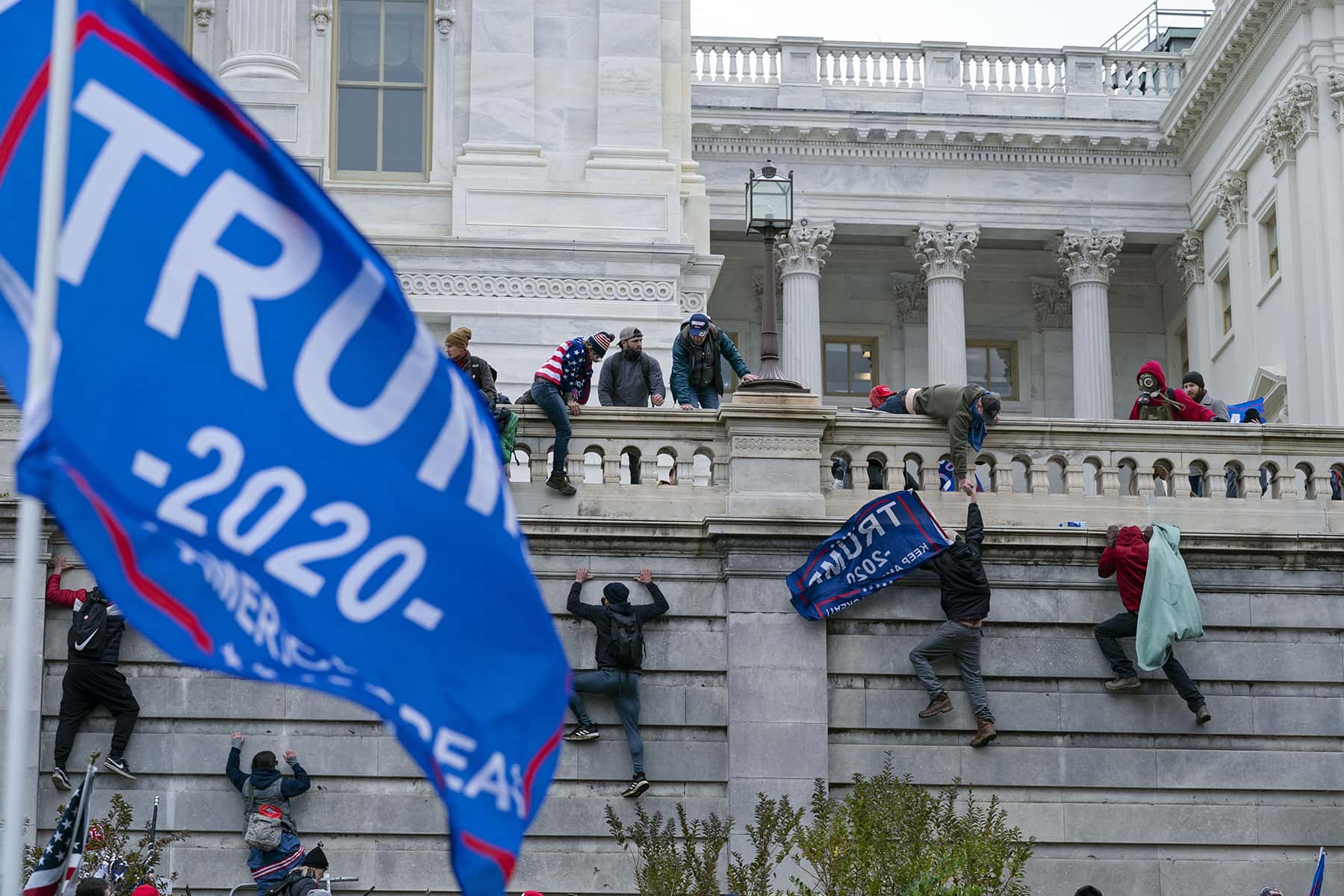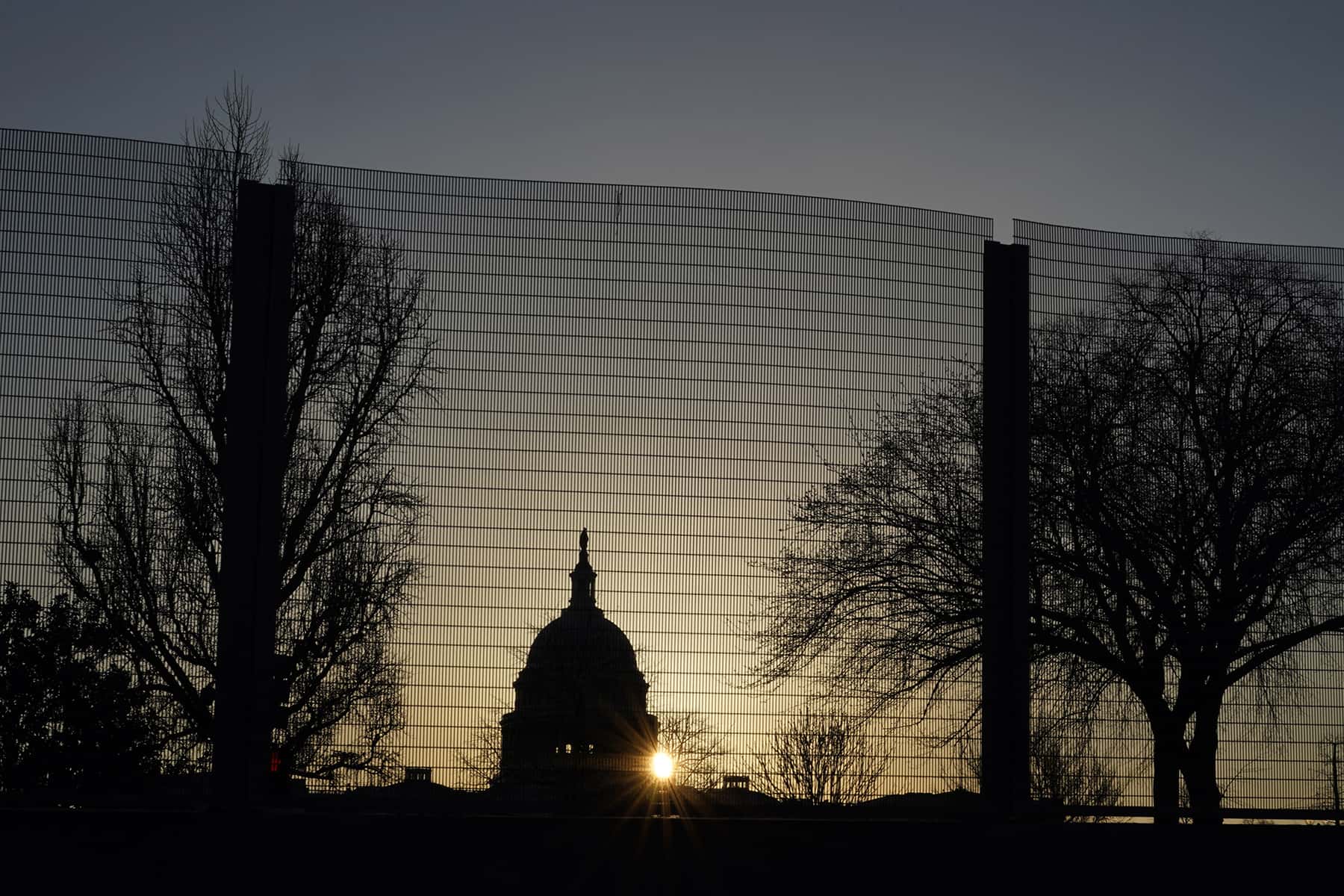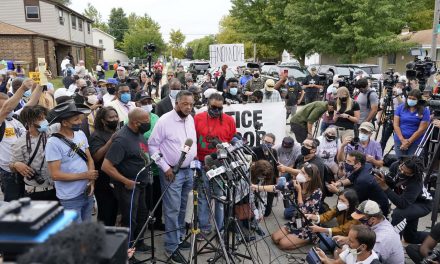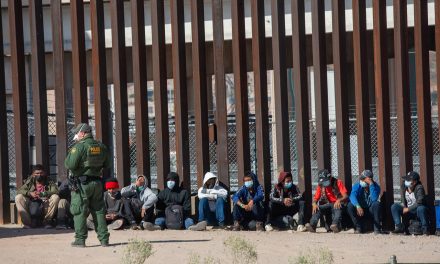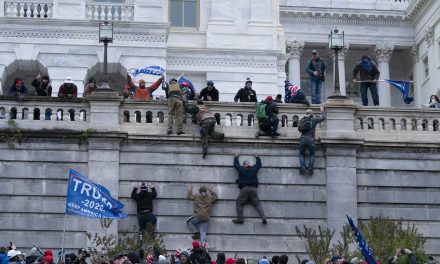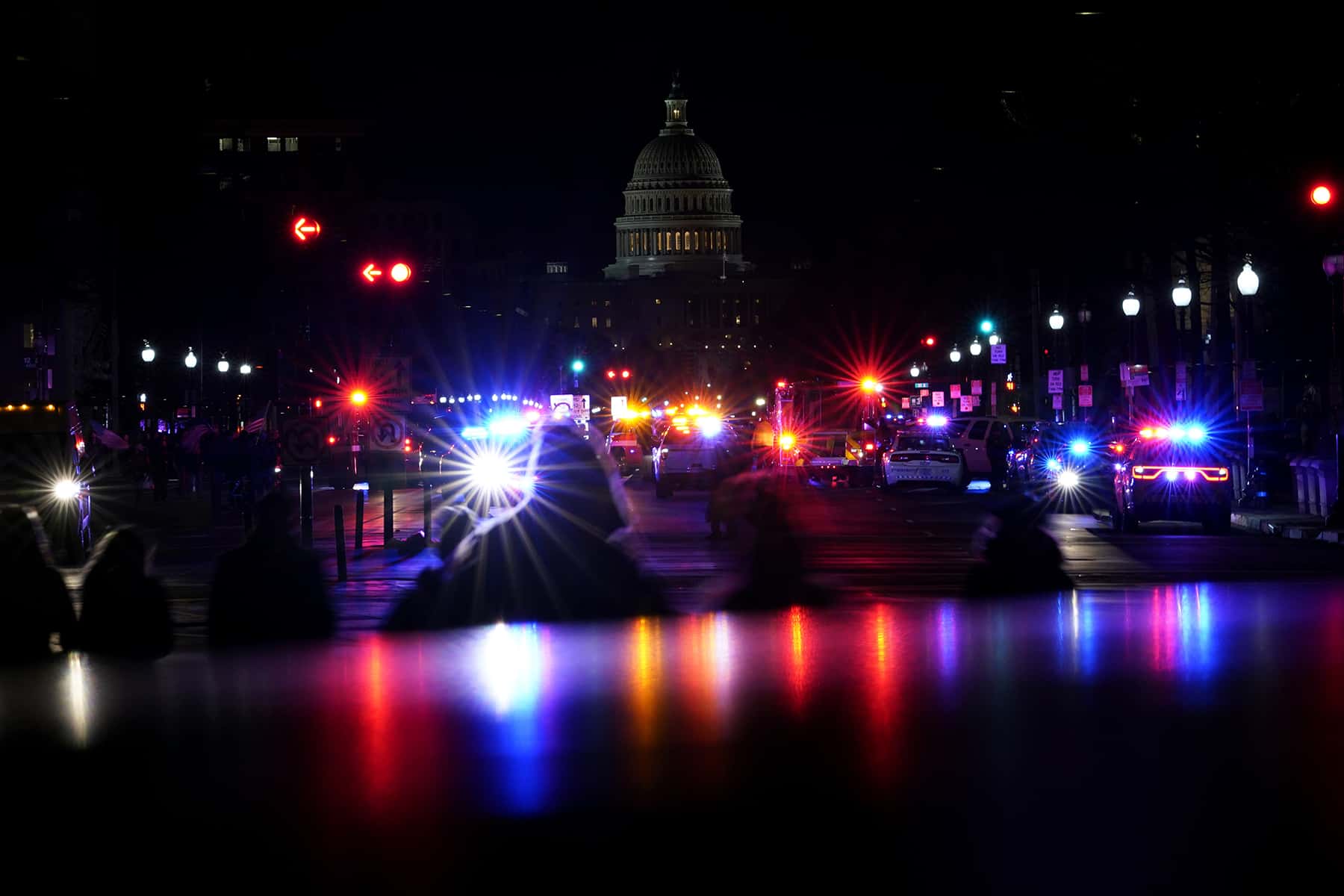
By Christopher Lockett, Associate Professor, English, Memorial University of Newfoundland
One year ago, some witnesses to the assault on the Capitol building in Washington DC, referenced zombies when describing the mayhem as the mob of Donald Trump supporters broke into the building and innocent people sought safety.
“It was like something out of a zombie movie,” recalled a photographer who was at the scene, speaking of seeing hordes of rioters. Similarly, U.S. Representative Alexandria Ocasio-Cortez said it “almost felt like a zombie movie” as she described hiding and seeking shelter.
In the 20 years that zombie apocalypse narratives have grown and reached critical mass in popular media, such comparisons at an insurrection at the seat of American democracy — where five people died and scores more were injured and traumatized — are disturbing, but unsurprising.
More significant, however, is that zombie apocalyptic and post-apocalyptic narratives have become popular during the same economic and cultural currents that gave rise to Trump’s Make America Great Again (MAGA) movement and his presidency.
Glut of post-apocalyptic narratives
Depictions of the end of civilization on Earth, especially after the advent of nuclear weapons, have often focused on the spectacle of disaster, as discussed by writer Susan Sontag in her classic 1965 essay “The Imagination of Disaster.” In many post-apocalyptic narratives that have become prevalent in the past two decades, like Cormac McCarthy’s novel The Road or the television series The Walking Dead, the actual disaster itself is less significant than life in the aftermath.
Literature scholar Connor Pitetti notes this diversification of the apocalyptic imagination in his essay “The Uses of the End of the World: Apocalypse and Postapocalypse as Narrative Modes.” He writes that in the 21st century, narratives about the bomb have been joined by those pertaining to more diverse “eschatological powers” — forces bound in some transcendent and otherworldly way with end times and the final history of humankind.
Cultural critic Laurie Penny writes that “more post-apocalyptic entertainment has come out in the beginning of this century than in the entirety of the last one.”
Broken civilization?
But why should this be the case? Some scholars of history, literature and culture suggest that if people come to believe civilization as we know it is irreparably broken, the prospect of its end may become an appealing fantasy. One factor may be the desire for alternatives in a world where contemporary consumer capitalism is often presumed to be inevitable, rather than a human choice, as noted by the late historian Tony Judt in his book Ill Fares the Land.
It becomes easier, says literary critic Fredric Jameson, “to imagine the thoroughgoing deterioration of the Earth and of nature than the breakdown of capitalism” — or even “to imagine the end of the world than the end of capitalism,” in the words of cultural critic Mark Fisher.
Economic insecurity, inequality at play
Writing about the dangers posed by Trumpism, interdisciplinary political scientist Thomas Homer-Dixon notes the key factors giving rise to it “include stagnating middle-class incomes, chronic economic insecurity and rising inequality.” Additionally, he writes, while “returns to labour have stagnated and returns to capital have soared,” right-wing ideologues inflamed white fears that whites are being “replaced.”
Trump’s principally white constituency views the increasing diversification of the American populace as a threat. During his campaign, Trump — elected amid this populist, nativist backlash — vowed to be a wrecking ball laying waste to the edifices of the Washington DC, establishment. The sentiment was similarly voiced by his former senior strategist Steve Bannon, who in 2017 characterized Trump as a “blunt instrument” with which to “deconstruct the administrative state.”
This appetite for destruction wasn’t Trump’s creation; rather, Trump has given voice and license to the forces of reaction and backlash.
Reaction, backlash
A sense of perverse pleasure in imagining the end of democratic law and order was evident in the Capitol assault a year ago, especially in the often absurd and mythically styled costuming of some of the insurgents. It ranged from sinister white supremacist, extremist paramilitary garb to the familiar 1776 getup of Tea Partiers, but also vaguely frontiersman-like furs and pelts, and of course the pseudo-tribal cosplay of Jacob Chansley, the notorious QAnon shaman.
As news footage from the day shows, bizarre outfits did not mitigate the rage and violence that marked the attempted coup. Nor do they detract from the dangers posed by the MAGA movement.
Commentators have noted how the extremist ideologies of Trump supporters are entwined with a revival of religious impulses. These are often focused on stark contrasts between goodness and evil and the possession of secret knowledge that fuels conspiracy theories and “end times” apocalyptic speculation.
Cаrоlyn Kаstеr and Jоsе Luіs Mаgаnа
Originally published on The Conversation as Why it’s grim, but unsurprising, that the U.S. Capitol attack looked like it was out of a ‘zombie movie’
Support evidence-based journalism with a tax-deductible donation today, make a contribution to The Conversation.

